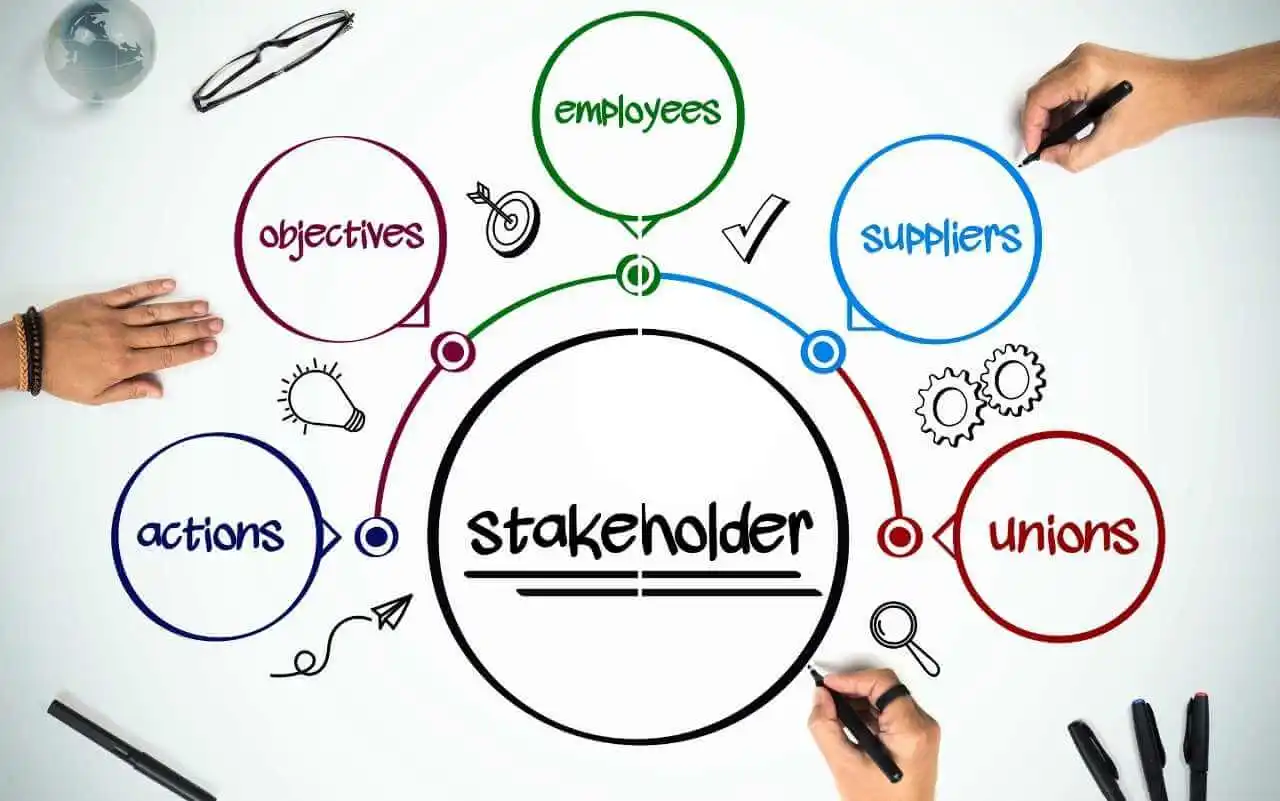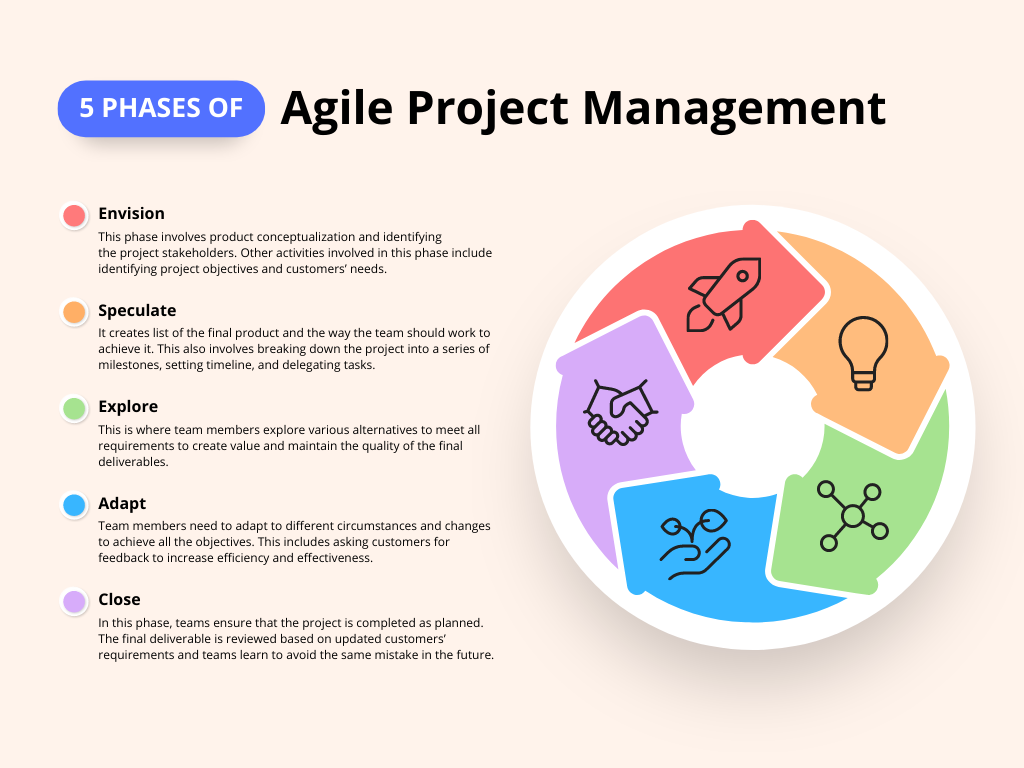Introduction to Effective Communication in Digital Project Management
It’s what keeps everyone on the same page and ensures that tasks are clearly defined and that deadlines are met.
Understanding the Importance of Communication in Projects
Good communication is the backbone of successful digital projects. It’s what keeps everyone on the same page and ensures that tasks are clearly defined and that deadlines are met. Without it, projects can quickly become chaotic, leading to missed deadlines, frustrated teams, and unhappy clients. In the realm of digital project management, communicating effectively means more than just sending out emails or having meetings. It involves clear, concise, and consistent messaging. Whether it’s through project management tools, direct messages, or face-to-face video calls, the way you communicate can significantly impact the project’s outcome. Good communication helps in identifying potential problems early, making it easier to deal with them before they escalate. It also ensures that all team members understand their roles and responsibilities, reducing the risk of confusion and errors. Plus, when clients and stakeholders are kept in the loop and understand how the project is progressing, it builds trust and confidence in the team. Remember, effective communication is a skill that can be developed and improved over time. It’s crucial for the smooth running of digital projects, making it a key factor in achieving success.
Types of Communication in Digital Project Management
In digital project management, communication can be split into four main types. First, we have verbal communication, which involves direct, spoken communication between team members, whether in person or through digital means like video calls. This type is essential for brainstorming sessions and quick decision-making. Next, there’s written communication, crucial for documenting project details, sending emails, and updating project management tools. It ensures everyone’s on the same page and allows team members to reference information later. Then, we got non-verbal communication. It might sound less important, but it’s all about reading between the lines in emails or interpreting the tone of text messages. This type is key to understanding the real message behind the words. Lastly, visual communication involves diagrams, charts, and videos to help explain complex information in a simpler way. Using the right mix of these communication types can make or break your digital project’s success. So assess your project needs, choose your tools wisely, and keep those lines open.
Overcoming Common Communication Barriers
In the world of digital project management, poor communication is the enemy. It can turn a thriving project into a struggling mess. But fear not, overcoming these barriers is not as tough as it seems. First off, there’s the language barrier. Yes, we’re all speaking English, but the jargon and technical terms can confuse the heck out of someone not in the loop. Keep it simple. Explain things without the fancy terms, or at least clarify what they mean. Then there’s the curse of assumptions. We often assume others know what we’re talking about. Big mistake. Never assume. Always spell it out. Make sure everyone’s on the same page. What about overload? Information overload is real. If you bombard your team with too much info, their brains might just shut down. Keep communication clear and to the point. Don’t forget about the digital divide. Not everyone is a tech wizard. Some might struggle with the tools and platforms you’re using. Be patient. Offer help. Finally, there are time zones. They can be a nightmare for scheduling meetings. Be flexible. Use asynchronous communication when needed. Plan ahead. Remember, overcoming these barriers is key to keeping your project on track. Keep the communication lines open, clear, and inclusive. It’s your ticket to project success.
Tools and Technologies for Enhancing Communication
In the digital project management world, clear and effective communication is non-negotiable. It’s the glue that holds projects together. Luckily, we’ve got a toolbox of technologies designed to enhance this communication, ensuring everyone is on the same page. Email is the old faithful, perfect for formal communications and sending documents. But, for real-time collaboration, instant messaging platforms like Slack or Microsoft Teams step into the spotlight. These platforms allow for quick exchanges, are great for brainstorming, and can keep all project-related communications in one searchable place. Project management tools like Asana, Trello, or Jira become the central hub for tracking tasks, deadlines, and progress. They’re visual, intuitive, and, most importantly, they keep everyone aligned on the project’s goals and deadlines. Lastly, we can’t forget about video conferencing tools like Zoom or Google Meet. These are essential, especially in a remote or hybrid working environment, making face-to-face interactions possible and personal, no matter the physical distance. So, leveraging these tools effectively can be a game changer in digital project management, ensuring that communication is clear, constant, and constructive.
Best Practices for Effective Communication
Effective communication in digital project management is more than just exchanging information. It’s about understanding the emotions and intentions behind the information. To make sure your team stays on the same page and projects move forward smoothly, follow these best practices. Firstly, be clear and concise. In the digital world, attention spans are short. Don’t bury your message in fluff. Get straight to the point. Secondly, use the right tools. Emails, instant messaging, video calls, and project management apps can all play a critical role. Choose the tool that suits your message. For quick updates, an instant message might do, but for more complex discussions, a video call could be better. Thirdly, provide regular updates. Keeping everyone updated reduces misunderstandings. Whether it’s a quick daily check-in or a weekly summary, consistency is key. Lastly, encourage feedback. Communication is a two-way street. Make it easy for your team to share their thoughts and concerns. This not only helps in identifying potential problems early but also fosters a culture of openness. Remember, in digital project management, effective communication is the backbone of success.
The Role of Leadership in Communication Strategies
In digital project management, leaders play a critical role in shaping communication strategies. Think about it as the captain of a ship steering the way through stormy seas. These leaders set the tone, establish the communication channels, and ensure that messages are clear, concise, and understood by all team members. They’re the ones who decide whether the team uses emails, chats, video calls, or project management tools to communicate. More importantly, leaders must lead by example. This means they’ve got to be top-notch communicators themselves—always active in listening, giving clear instructions, and providing feedback. They’re also the glue holding the team together, ensuring everyone is on the same page and moving towards the same goal. Without strong leadership, communication can quickly fall apart, leading to misunderstandings, delays, and frustrated teams and clients. So, in the digital world, where emails can get lost and messages misunderstood, the role of leadership in communication strategies isn’t just important; it’s essential.
Navigating Remote Communication Challenges
In the world of digital project management, remote communication stands as a grand challenge. Why? Because your team is spread out, often in different time zones, and you’re relying on technology to bring everyone together. The essence here is to understand and work around these hurdles to keep your project on track. First, let’s talk about time zones. They can be a real pain. Imagine trying to schedule a meeting when half of your team is just starting their day, and the other half is ready to hit the sack. The key is flexibility. Use scheduling tools that show everyone’s local time to find a middle ground. Now, technology hiccups. We’ve all been there — frozen screens, echoing voices, or just a total tech fail. Always have a backup plan. If video calls keep dropping, switch to instant messaging or email. It might slow things down a touch, but it keeps the conversation flowing. Misunderstandings are another frequent guest in the room. Written texts lack tone, and nuances often get lost in translation. Overcome this by being clear and concise. When in doubt, hop on a quick call to clear up any confusion. Another point is cultural differences. Your message might not land the same way with everyone. Be mindful and take the time to learn about your teammates’ cultures. It’ll help in avoiding unintended offense and improving team cohesion. In sum, navigating remote communication challenges requires patience, understanding, and flexibility. Leverage technology wisely, but remember, it’s the human touch that truly keeps a team connected.
Measuring the Impact of Communication on Project Success
Effective communication isn’t just about talking; it’s about ensuring your message lands as intended and drives the project forward. You can measure how well you’re doing in this area by keeping an eye on a few key indicators. First, note the speed of project deliverables. If tasks are completed on schedule or even ahead, it’s a good sign your team understands each other clearly. Missed deadlines, however, might suggest communication breakdowns. Next, look at the volume of back-and-forth emails or messages. A high volume can indicate unclear initial instructions, necessitating clarification. Lastly, monitor team satisfaction through regular feedback sessions. Happy teams usually mean fewer misunderstandings and smoother project progression. These metrics offer a clear picture of communication’s effectiveness—or lack thereof—in your digital project management efforts.
Conclusion: The Continuous Improvement of Communication Skills
Communication in digital project management isn’t a one-and-done deal. Think of it like leveling up in a video game; the more effort and practice you put into it, the better you become. It’s crucial to always be on the lookout for ways to improve. Maybe it’s trying out a new tool that keeps everyone on the same page or taking a course on effective online communication. The key is to never settle. Your project’s success depends on clear, efficient communication. By dedicating some time regularly to enhance how you communicate, you’re not just boosting your project management skills; you’re setting your team up for a win. Remember, good communication is the backbone of any successful digital project management strategy. Keep sharpening those skills, and watch your projects transform from good to great.








